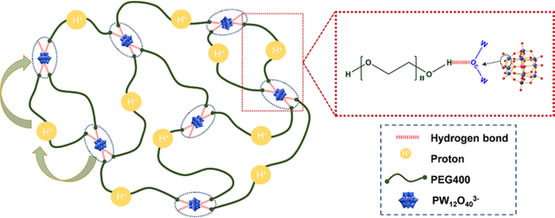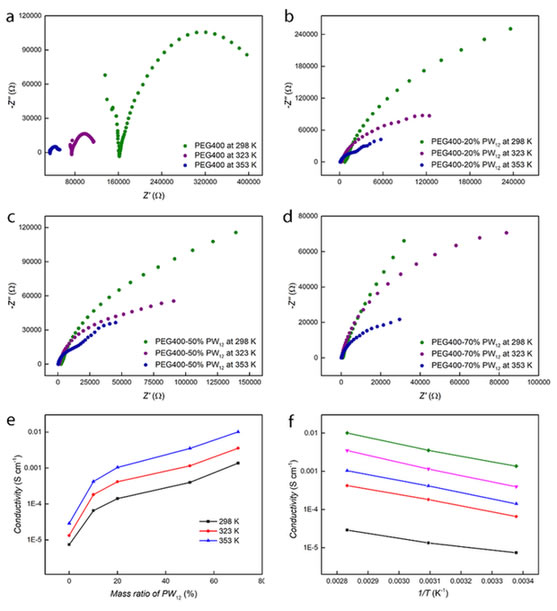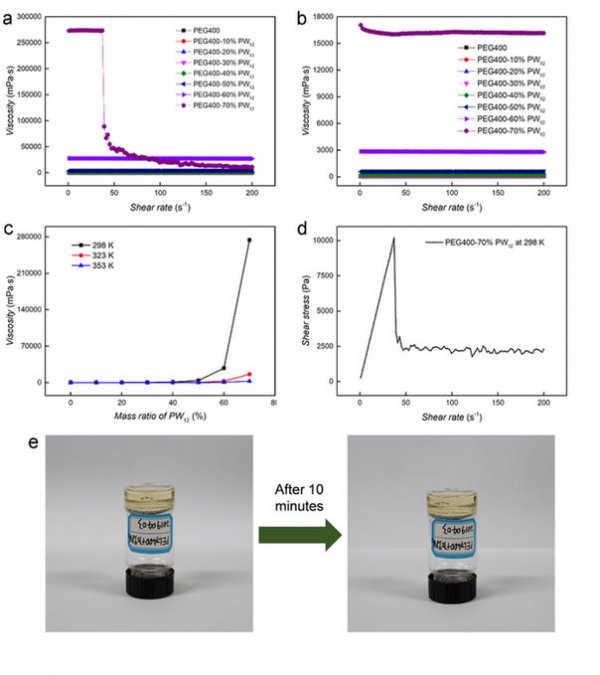Fuel cells have very large application prospects and market potential in many fields, such as mobile stations, computers, and communications for national defense, aerospace, and civilian use. However, the high cost problem makes the commercial production of fuel cells face great difficulties. As its core component, the proton exchange membrane is not only the separator of the anode and cathode of the battery, but also bears the important task of conducting protons.
On August 8th, the reporter learned from the South China Institute of Advanced Technology of Soft Matter Science and Technology, South China University of Technology that the recent research by Prof. Yin Panchao's research team at the Institute will ensure a high electrical conductivity and excellent mechanical properties. Reducing the cost of existing proton exchange membrane fuel cells on the market has realized a huge transformation from US $ 800 / ㎡ to 20 yuan / g, which has a strong impetus for the development of China's fuel cell industry.
It is understood that the biggest problem with the commercialization of proton exchange membrane fuel cells is the high cost. At the same time, according to the comparative data of China Automotive Industry Information Network, there is still a huge gap between domestic and foreign fuel cell technology. Among them, the membrane electrode (MEA), gas diffusion layer, membrane, catalyst and other industries are all in the test or small-scale production stage The threshold for large-scale commercialization is still very high. In response to this situation, on the basis of previous work on the mechanism of proton conduction, Prof. Yin Panchao ’s research group combined polyethylene glycol with polyoxometallates to construct a stable three-dimensional network structure through hydrogen bonding to achieve protons. Effective delivery. Professor Yin Panchao introduced that polyethylene glycol-polyacid semi-solid proton conductor material has three advantages: high proton conductivity, excellent mechanical properties and low cost.
The raw materials used for the polyethylene glycol-polyacid nanocomposite materials have all been commercialized at present, and the price is cheap. At present, based on the various costs of the laboratory, the cost price of preparing 1g of PEG400-70% PW12 proton conductor material is about 20 yuan, which greatly promotes its commercial production.
It is reported that the research results have been published in "Chemical Science", among which Zheng Zhao, a doctoral student of the South China Institute of Advanced Materials Science and Technology, South China University of Technology, is the first author of the article. This research result has a strong guiding significance for the development of universal and adjustable semi-solid electrolytes. (Reporter Sun Xiaopeng correspondent Yu Jinting Zheng Zhao)

Schematic diagram of the structure and proton conduction mechanism of polyethylene glycol-polyacid nanocomposites

Characterization diagram of electrical conductivity of polyethylene glycol-polyacid electrolyte conductor material

Characterization diagram of mechanical properties of polyethylene glycol-polyacid composites
Metal Deformation Equipment,Metal Equipment,Best Metal Deformation Equipment,Metal Deformation Equipment For Sale
Shanxi KathayTech Co.,ltd. , https://www.ccagoods.com